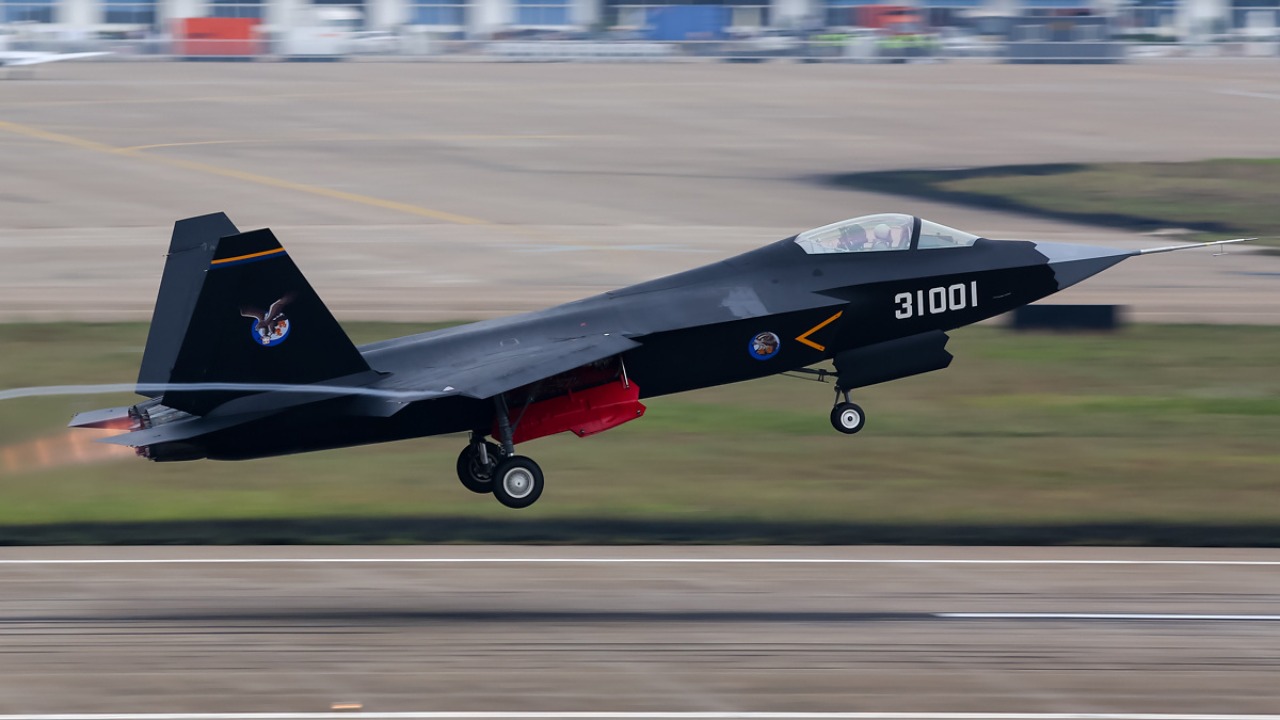
The history of military technology is marked by secrecy and innovation, but there have been numerous instances where sensitive information has made its way into the public domain. These leaks have had significant implications, impacting national security, international relations, and technological advancements. Here, I delve into nine notable instances where military tech secrets were exposed, each with its own unique story and consequences.
The Zimmerman Telegram

One of the earliest and most impactful leaks in military history was the Zimmerman Telegram during World War I. In 1917, British cryptographers intercepted and deciphered a secret German communication proposing a military alliance with Mexico in the event of the United States entering the war against Germany. The revelation of the telegram by the British government played a crucial role in swaying public opinion in the United States, leading to its eventual involvement in the war.
The exposure of the Zimmerman Telegram highlighted the importance of cryptography and intelligence in warfare. It also underscored the potential for intercepted communications to alter the course of history. This incident set a precedent for the role of intelligence leaks in international diplomacy and military strategy.
The Walker Family Spy Ring
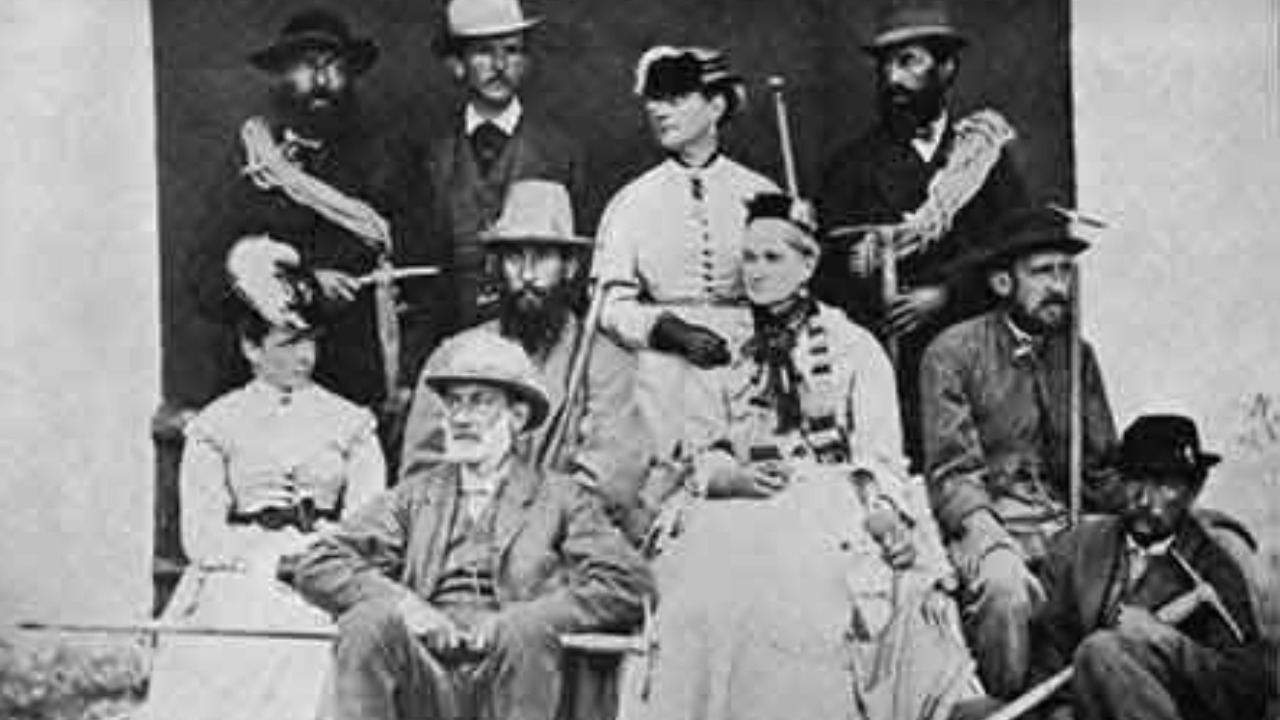
In the 1980s, the Walker Family Spy Ring became one of the most damaging espionage cases in American history. John Anthony Walker Jr., a U.S. Navy officer, led the ring, providing the Soviet Union with thousands of classified documents over nearly two decades. The leaked materials included information on naval operations, cryptographic systems, and submarine movements.
The Walker case exposed vulnerabilities in the U.S. military’s security protocols and had profound implications for national security. It also led to significant changes in how the military handled classified information, emphasizing the importance of internal security measures to prevent such breaches.
The Chinese J-31 Jet Fighter Leak
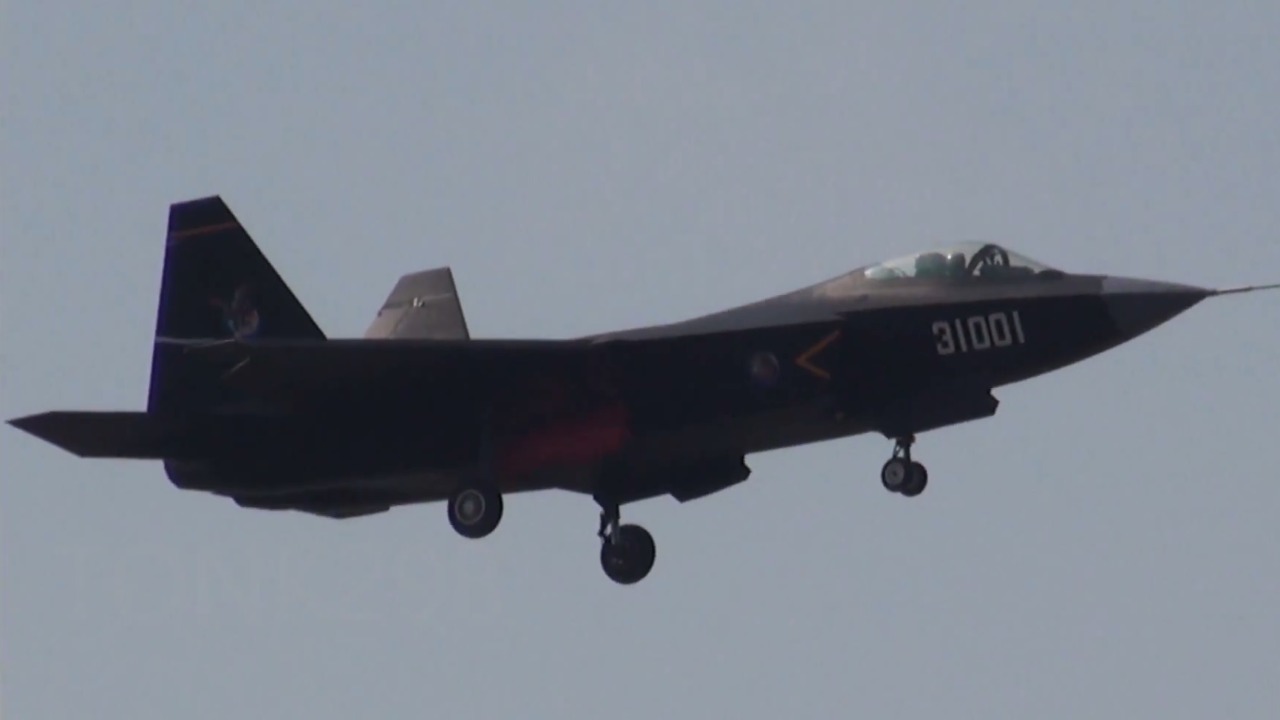
In the realm of modern military aviation, the Chinese J-31 jet fighter leak stands out. In 2012, images and details of the J-31, a fifth-generation stealth fighter, were leaked online. The leak provided insights into China’s rapidly advancing military capabilities and sparked discussions about intellectual property theft and technological competition between nations.
This incident raised concerns about cybersecurity and the protection of sensitive military technologies. It underscored the challenges faced by nations in safeguarding their technological advancements from industrial espionage and cyber threats. The implications of such leaks extend beyond national security, affecting global military balance and technological innovation.
The F-35 Lightning II Data Breach
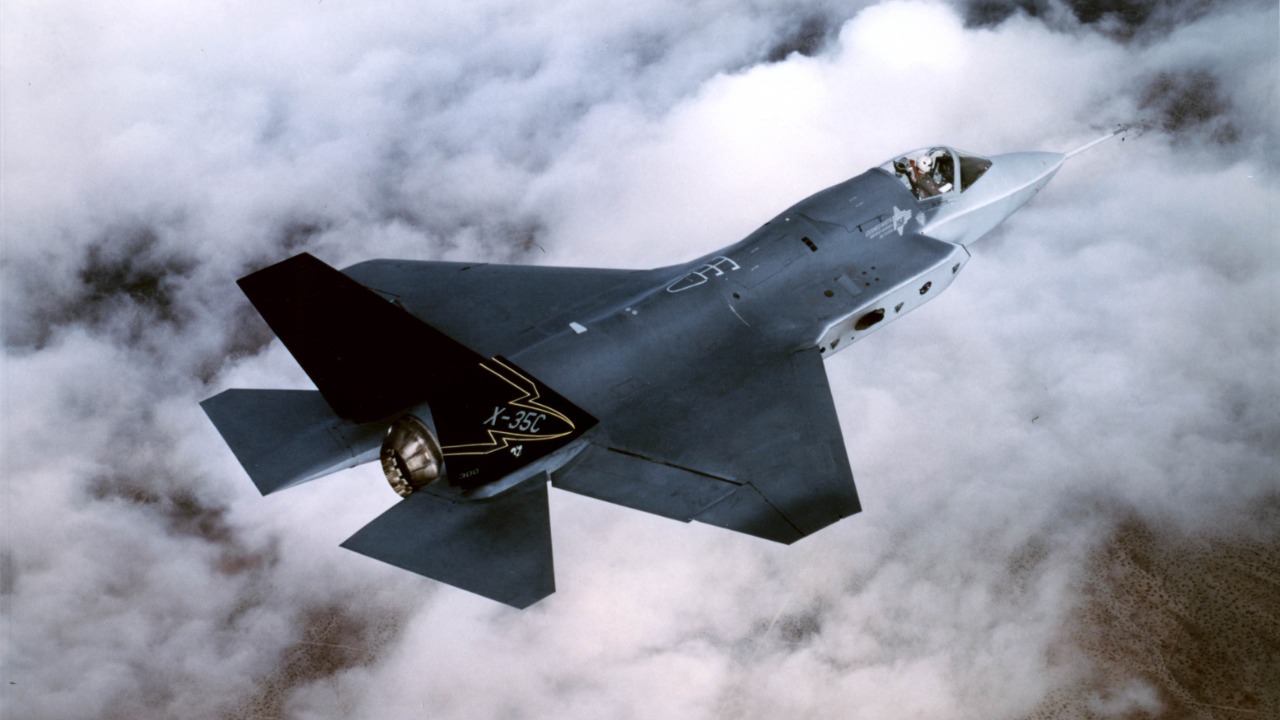
The F-35 Lightning II program, one of the most expensive military projects in history, was not immune to data breaches. In 2009, it was revealed that cyber spies had infiltrated the program’s computer networks, extracting terabytes of data related to the fighter jet’s design and capabilities. The breach raised alarms about the vulnerability of defense contractors and the need for robust cybersecurity measures.
This breach demonstrated how cyber espionage could compromise critical military projects and potentially undermine national defense strategies. It also highlighted the interconnected nature of modern warfare, where cyber and physical domains are increasingly intertwined. For further insights into impactful intelligence leaks, you can explore this article.
The Edward Snowden Revelations
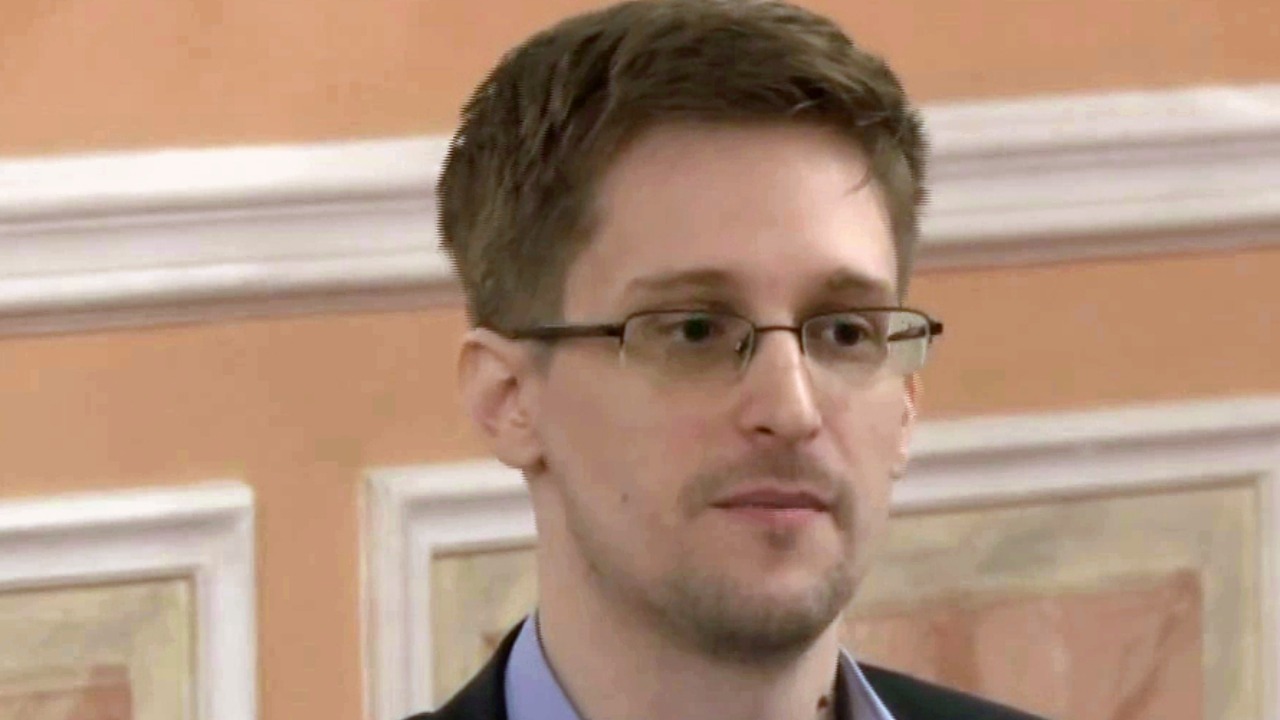
The revelations by Edward Snowden in 2013 marked a turning point in the discussion of government surveillance and privacy. Snowden, a former NSA contractor, leaked classified documents revealing the extent of U.S. government surveillance programs, including the monitoring of domestic and international communications. The disclosures sparked a global debate on privacy, security, and the balance between civil liberties and national security.
Snowden’s leaks highlighted the tension between transparency and secrecy in democratic societies. They also prompted legislative and policy changes, leading to increased scrutiny of intelligence agencies worldwide. The impact of these revelations continues to be felt, influencing discussions on privacy and security in the digital age. For more information on the impact of leaks on national security, you can read this analysis.
The Bradley Manning WikiLeaks Scandal

Before Snowden, the WikiLeaks scandal involving U.S. Army intelligence analyst Bradley Manning (now Chelsea Manning) shook the world. In 2010, Manning leaked a trove of classified documents to WikiLeaks, including diplomatic cables and military reports from the Iraq and Afghanistan wars. The leaks exposed controversial military actions and diplomatic relations, sparking debates on transparency and accountability.
Manning’s actions brought attention to the ethical dilemmas faced by whistleblowers and the consequences of unauthorized disclosures. The scandal also highlighted the challenges of balancing national security with the public’s right to know, prompting discussions on the role of transparency in government operations.
The Russian S-300 Missile System Leak
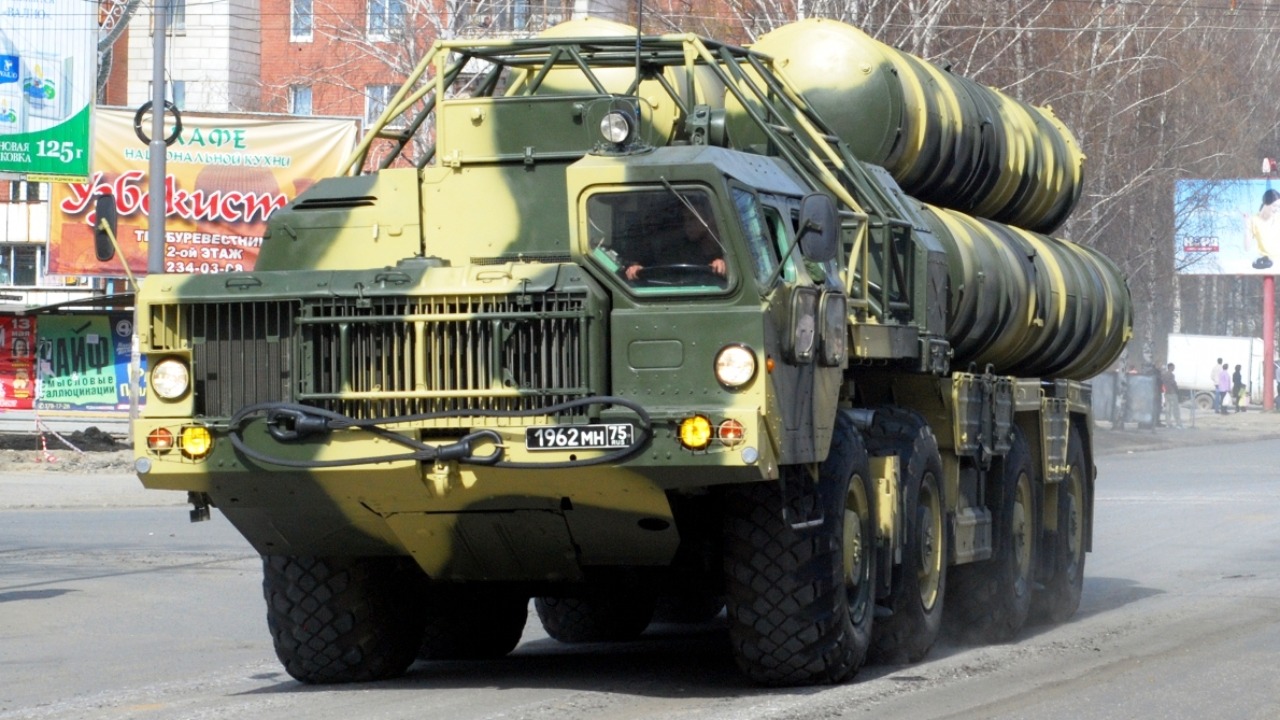
The Russian S-300 missile system, known for its advanced capabilities, became the subject of a significant leak in the late 1990s. Details about the system’s design and specifications were reportedly sold to various countries, raising concerns about the proliferation of military technology and its potential impact on global security dynamics.
This leak exemplified the risks associated with the international arms trade and the challenges of controlling the spread of advanced military technologies. The incident also underscored the importance of international cooperation in preventing the unauthorized distribution of sensitive military information.
The 1983 NATO War Games Leak
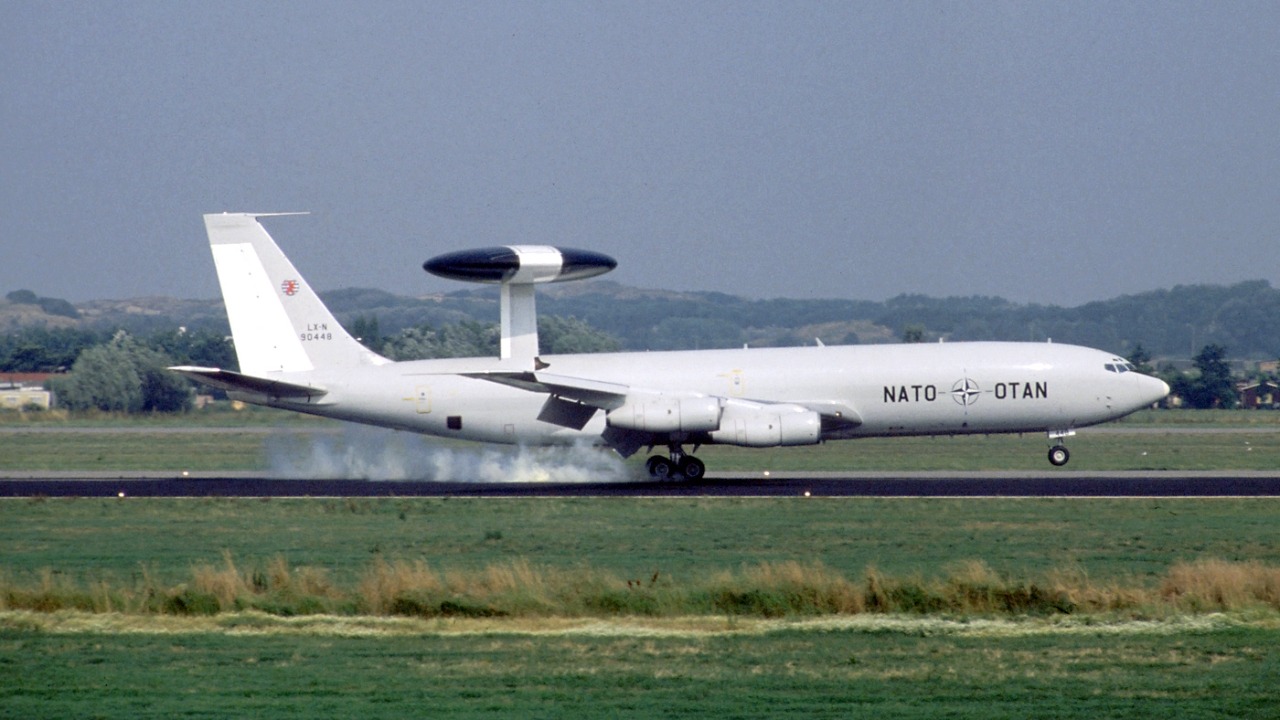
During the Cold War, the 1983 NATO war games, known as Able Archer 83, involved simulations of a nuclear conflict with the Soviet Union. The exercises were highly classified, but details were leaked, contributing to heightened tensions between the superpowers. The Soviet Union reportedly interpreted the war games as a potential prelude to a real attack, bringing the world perilously close to nuclear confrontation.
This incident highlighted the risks of miscommunication and misinterpretation in international relations, especially during times of heightened tensions. It underscored the need for clear communication channels and confidence-building measures to prevent misunderstandings that could lead to conflict.
The Stuxnet Virus and Iranian Nuclear Facilities

The Stuxnet virus, discovered in 2010, represented a new frontier in cyber warfare. The sophisticated malware was designed to target Iran’s nuclear facilities, causing physical damage to centrifuges while remaining undetected. While the origins of Stuxnet were never officially confirmed, it was widely believed to be a joint effort by the United States and Israel.
The Stuxnet incident demonstrated the potential of cyber weapons to disrupt critical infrastructure and alter geopolitical dynamics. It also raised questions about the ethics and legality of cyber attacks, as well as the challenges of attribution and accountability in the digital age. For a broader perspective on the intersection of technology and military secrets, you can explore this resource.